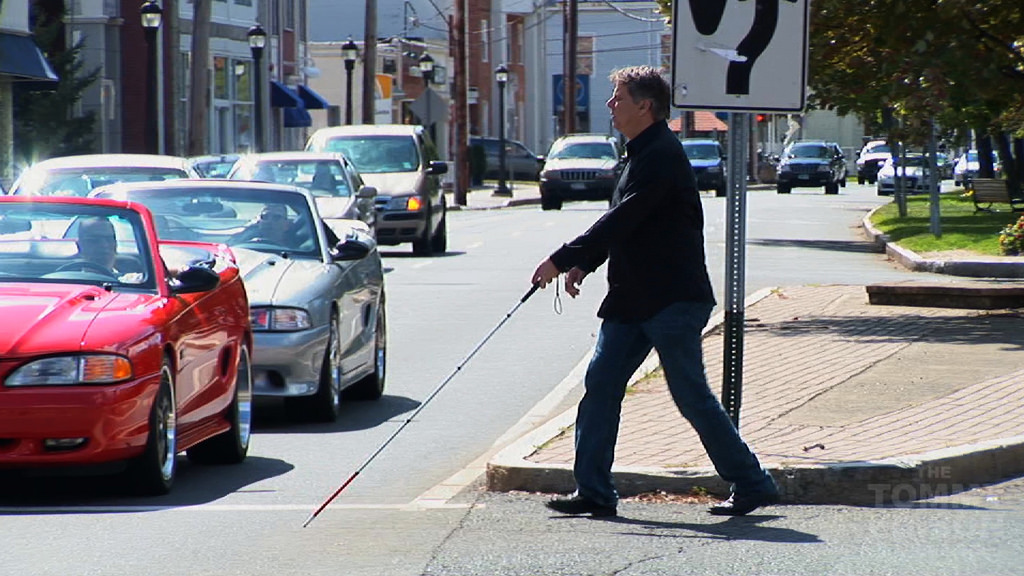
As a report on the study states, the researchers simply replaced the dead photoreceptors found in the blind lab mice with artificial versions that were made out of gold and titanium oxide. Evidently, these two materials can act as functional replacements for the natural rods and cones that are found in the lab mice, which they use to produce electrical signals that are sent to their brains when hit with photos.
It said that the artificial photoreceptors designed by the researchers come in the form of nanowires that have been studded with tiny gold flakes, which effectively help tune the array to react to natural light in the visible spectrum. These nanowires were surgically implanted in the same exact place where the original photoreceptors can be found, and were set up as such that they maintained physical contact with retinal cells. This allowed the replacement photoreceptors to quickly pass along electrical signals to the brain. (Related: Is this artificial retina implant going to restore vision for millions of people?)
It's a rather simple and straightforward solution, but the researchers say that it's extremely effective. The replacement photoreceptors are said to be responsive to light in the blue, green, and near ultraviolet spectrum, so while they do seem to grant vision, they aren't meant to show full color just yet. Still, the method devised by the researchers shows plenty of promise for future developments that could even surpass current standards of vision.
According to the researchers, the lab mice that were used in their experiments were genetically engineered to undergo a progressive degradation of their natural photoreceptors, which lead to their eventual blindness. Their actual condition is similar to those who suffer from retinitis pigmentosa and macular degeneration, which both destroy the eye's ability to pass along information to the brain, thereby impairing eyesight. Interestingly, the rest of the visual processing system is unaffected by such conditions, and that is how the researchers found their opening for their method.
In their tests, the researchers noted that the formerly blind lab mice were able to respond to light of comparable intensity when compared with normal lab mice. And what's more, it appeared that the artificial receptors put in place were sensitive to dots of light that were as small as less than 100 micrometers across, which is about the size of a human hair.
The responsiveness of the photoreceptors was measured by the researchers by observing the response of their visual cortex upon being hit by light. It is said that the pupils of the mice even began to dilate again after some time, which showed that their eyes were indeed reacting to light once again. In other words, the artificial "bridge" between the eyes and the brain they developed worked just as planned.
As for what exactly the mice were seeing when their eyes reacted to light, the researchers aren't certain. They concluded that their visual cortexes work, and that visual information was indeed passed along to the brain, but the actual images that the mice saw remain unclear. What's clear is that after eight weeks of testing, the formerly blind mice didn't show any signs of discomfort or injury. Now it will only be a matter of time before this method is improved upon and worthy of trial in humans.
Find out other ways that scientists are experimenting with natural human processes in BioTech.news.
Sources include:
Please contact us for more information.



















